About This File
HAWKER HUNTER Mk 51
export version of the Hunter F.4 fighter for Denmark, 30 built.
Units: Eskadrille 724 Aalborg; from 3/1959 to Skystrup
Service: 1954/1974
Serials: E-401/E-430, 401-430;
WHAT's IN:
- Stock Camo skin/decals updated, front gear door numbers and squadron tail decals added;
- stock camo skin/decals updated, tail numbers decals added;
- New late camo skin and decals;
- loading screen;
- canopy open: key 10, autoclosing;
- Hunter Sounds & Euro Pilot;
TO INSTALL:
You need SF-2EU to use
simply put everything in your main mod folder and let overwrite.
CREDITS:
- TW/TK for Hunter F.4 and templates
- Ndicki for His templates
- Spillone104 for His true sounds;
- Sorry but I don't remember who made Euro Pilot (If you tell me I'll update).
Happy landings.
Paul ![]()
What's New in Version 2.0
Released
- - stock decals (30) used
- - decals reworked, added
- - data.ini upgraded
- - canopy autoclosing at take off
- - 1 new later camo skin added
- - jpg converted textures, screen


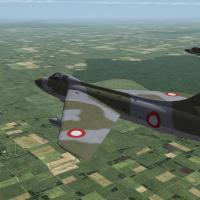
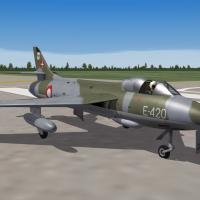
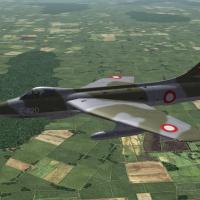

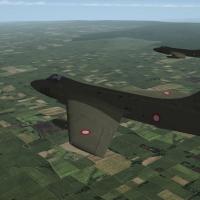

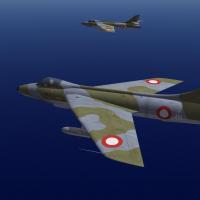
Recommended Comments
Create an account or sign in to comment
You need to be a member in order to leave a comment
Create an account
Sign up for a new account in our community. It's easy!
Register a new accountSign in
Already have an account? Sign in here.
Sign In Now